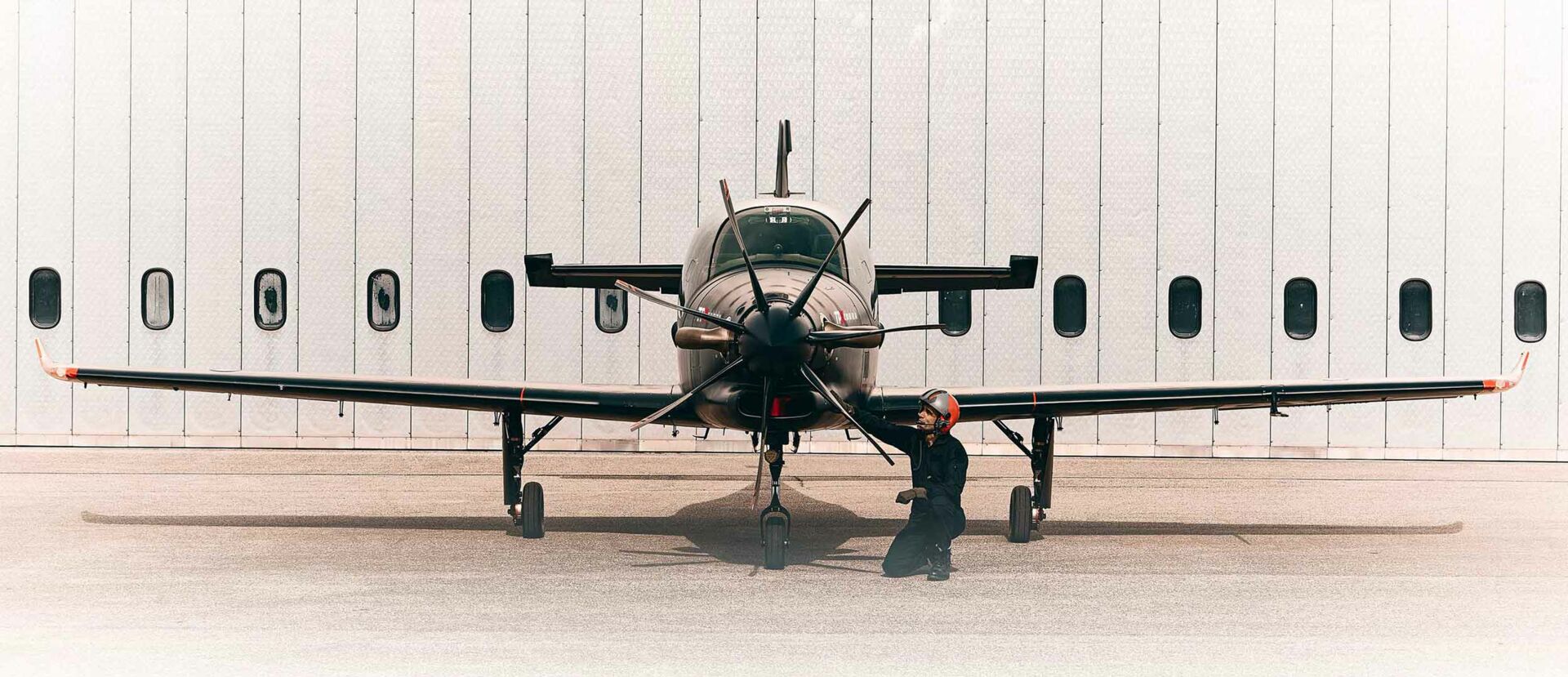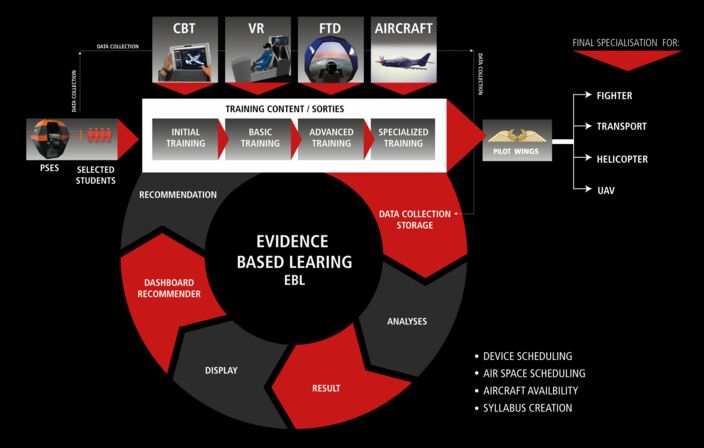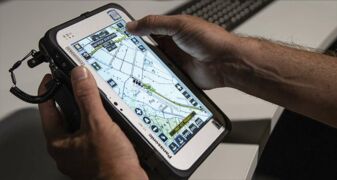COMPUTER BASED TRAINING - CBT
The Computer Based Training (CBT) courseware is a highly secure server based web application that provides cost effective theoretical training to students. Modules have been designed to be flexible and interactive, facilitating knowledge transfer and practical training.
They provide a consistent learning experience between aircrew and maintenance courses, with the option of content modification for the customer. The CBT supports independent learning, as students can connect to the server from their personal training tablets. Individual student progress is tracked through a Learning Management System.

Device Management Platform (DMaP)
The standard configuration has a capacity of 50 CBT tablets.
All tablets are equipped with a ruggedized case and a keyboard.
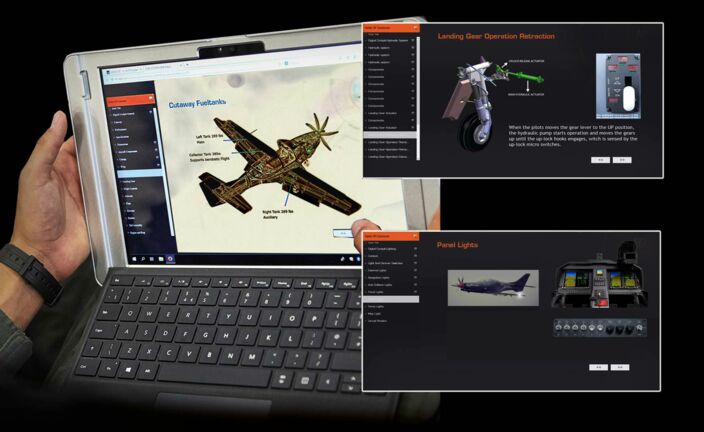
Advantages of E-Learning:
- Provides consistent, quality training, eliminating performance differences between instructors
- Allows students to learn at their own pace - anytime and anywhere
- Prepared for unlimited repetition until mastery is achieved
- Initial and continuation training can be rendered at various locations, eliminating travel expenses
- The effective and streamlined training of a large number of individuals needed for a fleet justifies the initial capital expense
- Tracking of student progress
- Individually-paced theoretical training
- Effective preparation through digital processing of complex content
TRAINING MANAGEMENT SYSTEM - TMS
GAF's training systems, while individually commendable, culminate in the Training Management System (TMS) layer. Acting as a central hub, the TMS provides a single point of access and administration for the entire training environment, enhancing the overall user experience. Its networked design facilitates the collection of data from different components, enabling advanced analysis and evidence-based recommendations for subsequent sessions or media, in line with the principles of evidence-based learning.
The analytical capabilities of the TMS go beyond mere data aggregation, providing administrators and trainers with deep insight into training processes. Based on these insights, the TMS generates actionable recommendations, ensuring that changes to upcoming sessions or improvements to training media are based on empirical evidence.
This evidence-based approach tailors the training experience, optimising learner performance through personalised content, delivery methods and pacing.
In addition, the centralised TMS simplifies administrative tasks by providing a single interface for monitoring and managing various aspects of the training programme. From tracking user progress to allocating resources, the TMS streamlines administration, saving time and increasing overall efficiency.
In essence, GAF's Training Management System is the hub that not only seamlessly integrates the various training components, but also enhances the training solution with evidence-based insights and streamlined administration.
MISSION PLANING AND DEBRIEFING
Mission Planning and Debrief System MPDS
The Mission Planning and Debrief System (MPDS) is an advanced mission support system, comprising ground-based mission planning, rehearsal and debriefing capabilities.
One MPDS consists of four workstations; each providing a dual-screen workspace connected to a powerful host computer, height-adjustable tables as well as data storage device interfaces for import and export of aircraft data.
Designed for the TPX training aircraft, the system can be amended for advanced training or mission plattforms, in order to enable a standardization for mission support systems.
In addition, the MPDS can be extended by an optional tablet-based mission system, which can be used as a mobile mission planner as well as an airborne tablet with fully integrated Electronic Flight Bag (EFB) functionality.
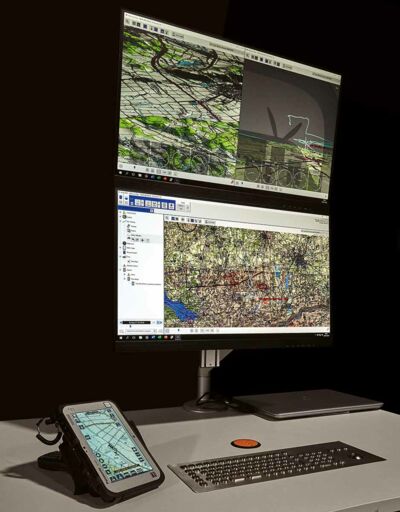
Advantages
- Improves situational awareness during all mission phases
- The modularity of MPDS allows for the customization of applications for individual training and mission platforms.
- Proper mission planning including weight and balance planning, consideration of performance limits and flight plan creation
- Flight plans can be exported in order to be uploaded into the aircraft avionics system
- The software is designed to provide mechanics a powerful tool for easy flight post processing to reduce aircraft down time to a minimum
- Debriefing of single and multi-ship formations of two or more assets can be conducted at a single workstation, both in 2D and 3D views.

